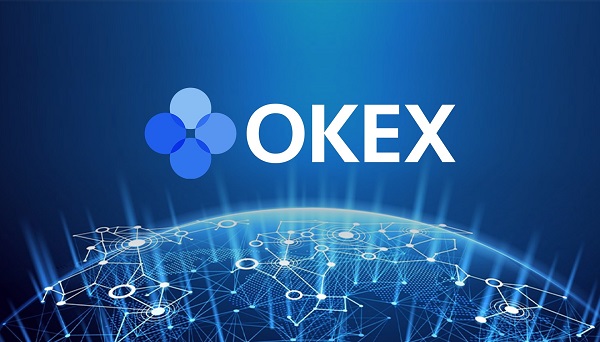
Now that the Bitcoin ETF fever has broken, investors big and small are already looking for the next hot property. Until the Bitcoin halving shakes things up, many crypto watchers are watching Celestia, a new coin that has made its way into the top 50 with an interesting architecture and a controversial leader.
TIA, the native token of Celestia, went live following an airdrop in October 2023. Since then, it has honored its name, rising skyward with an amazing appreciation of 800%. The token has been one of the best-performing digital assets in the last 30 days, spiking over 10% in the last week, and currently sits near the $18 price range, per CoinGecko.


The green candles have made it a trending topic in the community according to CoinMarketCap, but Celestia has also been hot in the crypto ecosystem due to the controversial background of its founder. CEO Mustafa Al-Bassam, known by his former hacker alias “tFlow,” was a core member of the infamous hacking group LulzSec as a teenager.
The group was responsible for high-profile cyberattacks on targets like the CIA and Sony before being arrested in 2011.
Since then, Al-Bassam has been open about his hacking past, and claims his favorite exploit was hacking the Westboro Baptist Church live on a radio show.
my favourite hack was not CIA (which wasn’t even a hack but a ddos), but the Westboro Baptist Church, which was a 0day in a shitty PHP CMS, which we hacked on a live radio show https://t.co/HFEihIVbVX
— Mustafa Al-Bassam (@musalbas) January 15, 2024
Despite his early cybercriminal activities, Al-Bassam went on to study computer science at university and is now building Celestia, a novel modular blockchain system. But with such a resume, it’s obvious that his return is making waves in the community
How is Celestia different?
Celestia is a modular blockchain network that diverges from the typical architecture of blockchains by decoupling consensus from execution. This distinction is critical: in classic blockchains, every node verifies both the consensus (via the block header) and execution (all transactions are valid and result in valid state transitions). Celestia, however, focuses on verifying the availability of transactions and consensus in the block header without executing the transactions itself.
This means the chain doesn’t validate the content of the transactions but does ensure that they are available for others to validate.
Execution in Celestia occurs in so-called “roll-ups.” Unlike monolithic blockchains where all transactions are validated on a single chain, in Celestia, the state transitions are validated on these roll-ups. The architecture employs several key technologies: The base layer uses erasure coding, namespaced Merkle trees, and data availability sampling to allow light clients to efficiently verify transaction ordering and availability without processing everything on-chain.
Rollups can post transactions in namespaces to the base layer, and clients only need to download the data relevant to their application.
By separating consensus and execution, Celestia aims to achieve scalability and modular architecture.
The Celestia model is significant because it doesn’t require everything to happen on one chain. By splitting components into different layers, Celestia seeks to allow many rollups and applications to share a base consensus layer efficiently.
This modular approach allows for greater scalability as it offloads the computational burden of executing transactions from the main chain. It also enhances flexibility, allowing different applications to run on their own roll-ups without being constrained by the main chain’s rules or performance. This can lead to a more diverse and robust ecosystem of decentralized applications (dApps).
The team says it expects to be able to handle 1GB blocks soon, allowing them to support global-scale deployment—even though that goal seems like overkill right now.
Edited by Ryan Ozawa.




Be the first to comment